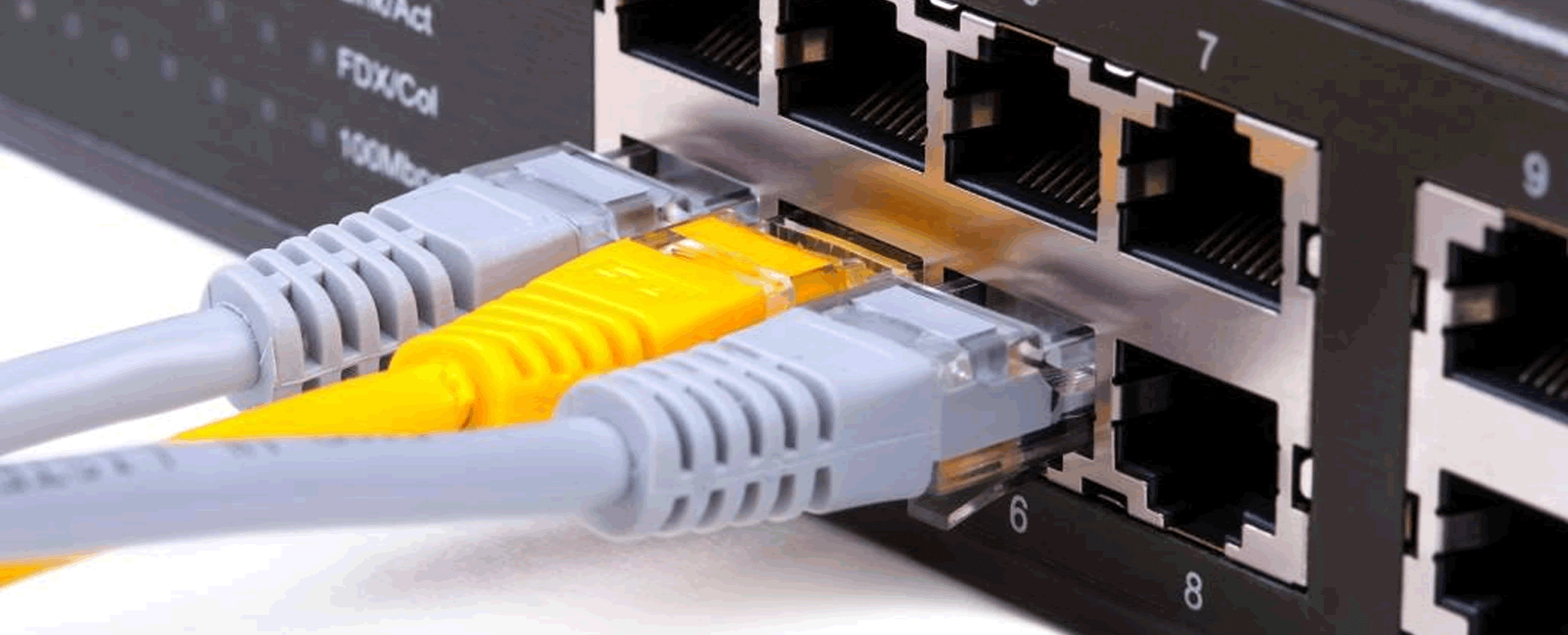

While we’re sure that you’ve never made a mistake during these setups, advances in home networking equipment (new configurations, wireless standards, etc.) have also introduced some new complexities that could confuse non-IT customers who don’t live, eat and breathe this stuff every day. For most people, connecting to the home network is a set-and-forget scenario. This causes potential problems once something bad happens – like the freak thunderstorm that knocks out power, and you get the phone call asking for help again (our first tip – have the router connected to an uninterruptible power supply).
 We’ve asked a bunch of home networking companies and other experts to provide us with a bunch of scenarios where they’re seeing a majority of customer service requests, along with how you can quickly fix these “mistakes”. We’ve ordered the list from the mistakes made at the beginning of the setup process, to mistakes made during configuration and post-network setup.
We’ve asked a bunch of home networking companies and other experts to provide us with a bunch of scenarios where they’re seeing a majority of customer service requests, along with how you can quickly fix these “mistakes”. We’ve ordered the list from the mistakes made at the beginning of the setup process, to mistakes made during configuration and post-network setup.
#8: The mistake: Poor router placement.
Many people often place their home wireless routers in a corner, on a shelf or even inside a metal cabinet. This can severely limit the wireless performance of the router. The fix: Most vendors recommend placing the router in an open space – hallways are optimal – and to be as close to the center to the home as possible. The higher up the antenna, the better. Figure out where you’re going to need most of the wireless network coverage (living room, den or kids’ bedroom?), and place the router there if possible. If you can’t place the router in an optimal location, look into wireless range extenders or powerline adapters to help boost the dead spots that non-optimal placement may create.
#7: The mistake: Connecting a new wireless router to an existing home network without powering down the broadband router.
Many home network modems will lock to the first media access control address they see on the network, and won’t give another IP address to a new router unless a new power cycle occurs. The fix: Power down the modem when connecting a new system. Then power up the modem, wait two minutes, then power up the new router.
#6 The mistake: Plugging the Ethernet cable from the modem to the router into a LAN port instead of the WAN/Internet port.
This might be considered a rookie mistake, but it’s likely the one that most vendors hear about, or is the first recommendation when they get on the phone with customers. Plugging the cable into the incorrect port prevents the router from acquiring an Internet connection, which is required for further configuration for many of today’s wireless routers. The fix: When going from your broadband modem to the router, make sure it goes into the WAN/Internet port of the wireless router. Note, however, that you can add a secondary router, configured as an access point, to get more channels; in this case, plugging in the new router to a LAN port is essential. Our advice: assign static IP addresses to your infrastructure gear (routers, switches, adapters, even printers) and use DHCP only for clients (notebooks, desktops, tablets, phones, etc.). Static IP addresses for infrastructure makes it easier to login to it for configuration.
#5: The mistake: Leaving everything to default mode.
The biggest error here is not configuring Wi-Fi security (leaving an open network is the cardinal sin of Wi-Fi routers), but this can also include not changing the default password to get into the router itself (many people know the admin (username) / password (password) backdoor). Also – turn off remote management. If you’re noticing performance issues with Wi-Fi, change the channel for the Wi-Fi frequency – most routers pick a default channel, which most likely is the same channel number as your neighbors. Free tools can help you analyze your home network’s wireless signal strength to help you determine channels with less “noise”. The fix: Change your router’s password, the SSID name and password (enable the security!) and adjust Wi-Fi channel settings for optimal performance/coverage. If your router provides a guest access feature, disable it if you don’t plan on using it; change the password if you do plan on using it, and turn it back off after your guest leaves. And write everything down!
#4 The mistake: Not enabling device sharing options, or setting a “public” policy when attaching a new device to the network.
For Windows systems, adding a new device to the network brings up a pop-up box that asks the user if the connection is “Public”, “Work” or “Home” – if a user mistakenly chooses “Public”, then the system prevents sharing features on that device. This becomes a problem when the user tries to connect to a networked printer, and the phone call to tech support occurs. The fix: When connecting new Windows machines to the network, make sure the policy is set to “Home”, to allow sharing. Check file sharing and network-device access settings to make sure connected devices can talk to other devices (such as printers).
#2 The mistake: Not checking the router regularly for firmware updates.
While this has changed recently with some software that can more easily check for updates, a majority of routers don’t change their firmware automatically. Important functions, updates and new settings can greatly improve a router’s performance – especially for newer routers that receive updates once new Wi-Fi standards are approved and finalized. The fix: Unfortunately, updating the firmware on a router is still a manual process, requiring users to go to the manufacturer’s website, downloading new firmware and then updating with a computer connected directly to the router via Ethernet. While some routers include browser software that lets users check for updates, firmware updating is still a tough process for many users, so in all likelihood they end up not updating the firmware.
#1 The mistake: Jumping too soon to the “hard reset” option.
Most routers have a “hard reset” button, a small area on the back that can be accessed via a pushpin or paper clip, which returns the unit to the default settings. While this sometimes is a user’s only option should something go wrong, too many users jump to the hard reset before trying something else. The problem is that when a device resets, all information that was entered by the user during configuration is lost, including information like the ISP username, password, IP addresses, security keys, and ports/services that were opened. The fix: If you are well prepared by writing down all this information in advance, doing a hard reset shouldn’t be too much of an issue. But it could create more work than is needed through other fixes.
Other tips and tricks to consider:
• Don’t try to optimize the router before it’s working. Make only necessary changes (setting your SSID or turning it off, configuring security) and get the device working before you go in to make the tweaks. For the most part, regular users don’t need to make a ton of changes. But be careful, write down any changes you make so you can fix/change later if you need to.
• Use 5GHz channels whenever possible. There’s nothing magical about 2.4Ghz, so use 5GHz and get better performance – less interference is always a good thing (of course, with 802.11ac, it’s all 5GHz).

Our services cover all aspects of Internet marketing, including social media management. Social media can increase brand awareness and customer engagement. At Southern Web Group, we can help you develop the best type of content for your business and engage new clients through social media.
“Design is not just what it looks like and feels like. Design is how it works.”
Amazing design and experiences can only be achieved by talented people. Luckily for us, we are surrounded by amazing talent and that talent transcends their expertise into fantastic experiences. Whether you are looking for design, development, mobile or even wearable solutions, we offer the digital and interactive services you need to succeed. Let us be part of your team and let us create amazing results for you.

Hello anyone here? I need to purchase web hosting!

Hey John! Welcome to the HostHubs support chat!